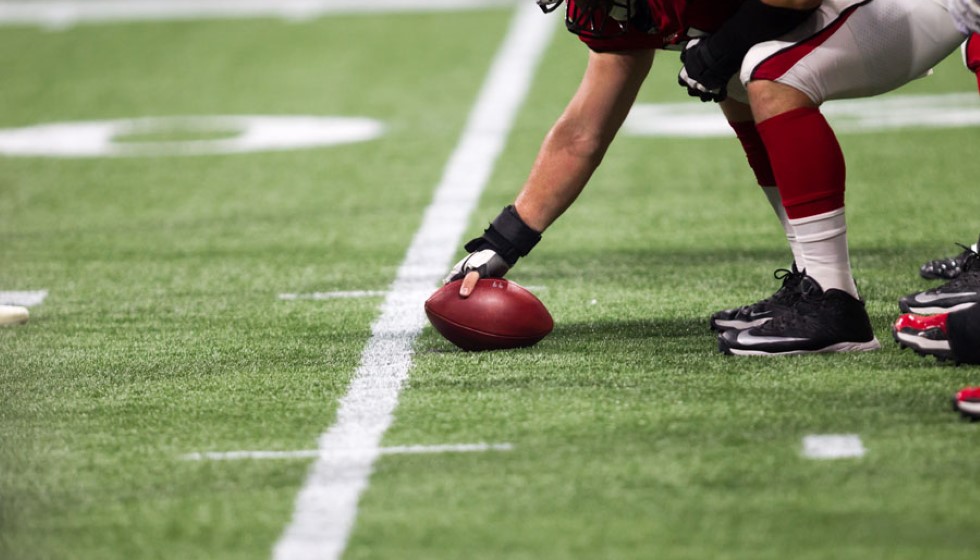
The NFL's decision to implement a new rule banning the hip-drop tackle has remained a focal point of discussion as the current season progresses. As the rule stipulates, any team executing a hip-drop tackle will face a 15-yard penalty and the offense gains an automatic first down. However, enforcing this rule has proven to be a complex issue for the NFL's officiating body.
Enforcement Challenges
The first 31 games of the season have already shed light on the difficulties of consistently enforcing this controversial rule. Multiple instances of the hip-drop tackle have been observed, yet penalties have been surprisingly scarce. The inconsistencies surfaced starkly in Week 1, where officials overlooked at least two hip-drop tackles. For instance, Bears linebacker T.J. Edwards escaped a penalty, although he may still be fined upon league review.
The NFL has defined the hip-drop tackle as a foul when a player grabs the runner with both hands or wraps them with both arms, then unweights himself by dropping his hips and/or lower body, leading to a forceful landing on the runner's legs at or below the knee. The form is seen as particularly dangerous, posing significant risks of severe leg injuries that could sideline players for extensive periods.
Player Reactions
The ramifications of inconsistent officiating were on full display when Houston Texans running back Joe Mixon sustained an ankle injury. During Sunday's game, Mixon's ankle injury raised concerns about the enforcement of the new rule. "Joe got rolled up. The guy's weight definitely came down on his ankle. Didn't look good from my view," said Texans head coach DeMeco Ryans. Though Mixon managed a comeback in the fourth quarter, his initial exit left many questioning whether a hip-drop tackle had caused his injury. "We'll evaluate Joe throughout the week. Hopefully he's okay. Have to see the film and see if it was really a hip-drop tackle," Ryans added.
Mixon himself took to Twitter to voice his concerns, highlighting the league's commitment to enforcing safety measures. "The NFL and NFLPA made it a rule and an emphasis for a reason. Time to put your money where your mouth is," Mixon tweeted. His MRI results are still awaited, but the implication remains clear: player safety continues to be compromised by a lack of uniform enforcement.
Implications and Future Enforcement
As the season is still in its early stages, the question of how rigorously the rule will be enforced remains open. Inconsistencies in officiating not only undermine the rule's intention but also put players at risk. Ensuring that mandated safety measures are upheld is crucial to preserving both the integrity of the game and the well-being of its athletes.
Officials bear the responsibility of accurately assessing and penalizing infractions to maintain these standards. Each missed call dilutes the impact of such rules and, more critically, the trust players place in the league to safeguard their health. With high-profile players like Mixon facing potential long-term injuries due to missed enforcement, the stakes have rarely been higher.
The NFL's commitment to player safety will be tested as the season progresses. The league's ability to implement and maintain a consistent standard for this new rule will serve as a barometer for the efficacy of future safety regulations. For now, all eyes remain on how officials will navigate the complexities of real-time enforcement to uphold the spirit of the game and its regulations.